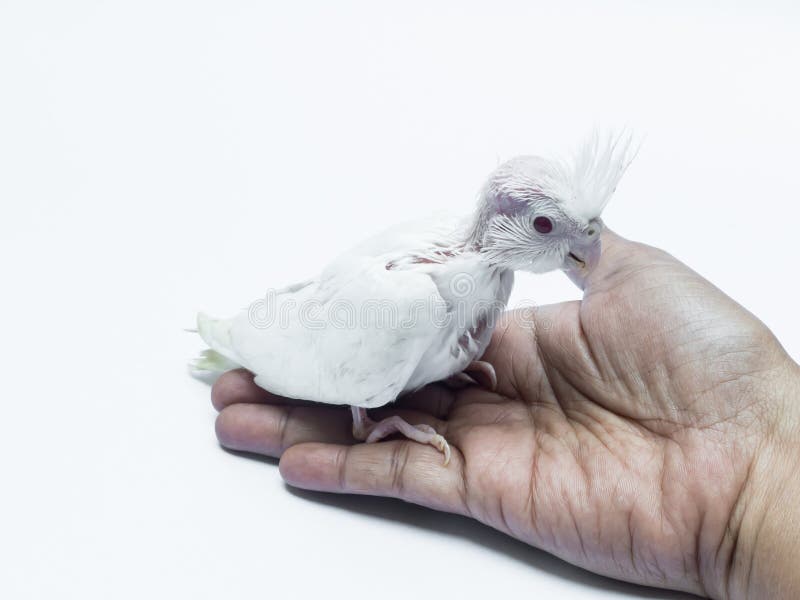
Perched on a backyard fence, a Northern Mockingbird parent prepares to place a single food item in its young fledgling’s open mouth. Young, called colts because of their long legs, stick with adults up to 10 months, even accompanying parents on their fall migration. Covered in yellow down when they hatch, chicks leave the nest and even swim soon after hatching. Sandhill Crane's often build floating nests of dried grasses and sticks where females lay their two eggs. They also mate for life, sticking together year-round. Sandhill Cranes have an elegant courtship ritual with eight unique displays that involve wing pumping, head bowing, and leaping into the air. When migrating, they depend on critical stopover areas-the Platte River in Nebraska being one of the primary ones-to make their journeys. Most Sandhill Cranes breed in the northern United States and Canada while wintering in southern states, but some populations live year-round in Cuba, Florida, and Mississippi. A second chick helps keep watch from the adult's back. Here, an adult Sandhill Crane with its characteristic crimson-red mask stands guard over one fuzzy young chick, its tiny head barely peeping above the grass. Though they have declined substantially in North America due to conversion of their preferred marshy habitat, their wide range still makes them a species of low conservation concern globally. Black Terns breed in the northern United States and Canada-as well as Eastern Europe and Russia-and migrate to coastal areas in Central and South America and the western African coast for winter. Tern chicks remain in the nest for only a few days after hatching, and then hide in nearby vegetation, running out to the nest site with mouths open wide when parents arrive with food, as captured in this photo. With their dark plumage and preference for freshwater marshes, Black Terns are anomalous from other tern species identified by their bright white plumage along the ocean coasts. As with these other terns, the Black Tern's pointed, agile wings help them swoop gracefully down to the water surface to capture fish or other prey, including moths. Wings outstretched, an adult Black Tern flutters in midair as it extends its bill with a single tiny fish to two begging young.

The mother sticks close to her chicks for several weeks to defend them from predators, including hawks and eagles. Young grow rapidly and can forage on their own after a week, eating mainly small aquatic insects before switching to catching fish. The male helps little after mating, abandoning the female to incubate eggs and raise chicks alone. Mergansers nest exclusively in cavities and rely on old Pileated Woodpecker tree hollows or human-constructed nest boxes. Common Mergansers lay up to 17 eggs, so it's not uncommon to observe a parade of merganser chicks following their mom along the shore or across a freshwater lake in the summer. Based on the emergence of their tail feathers, the chicks appear little more than two-weeks old, though they already closely resemble their mother with their gray bodies and cinnamon-colored heads. Common Merganser (above)īathed in soft morning sunlight, a female Common Merganser stands guard over her six small youngsters. Read on to learn more about each species' nesting behavior and perhaps even utter a gleeful sound or two. The 15 photos in this gallery safely and crisply capture chicks of various species in all their cute and fluffy glory. Although the images below didn't snag any awards-check out the winners and Top 100 if you haven't yet-they certainly warmed our hearts. Taking pictures of baby birds from a responsible distance and with a telephoto lens is the best way to avoid causing harm to adults or young.

Photographing parents with chicks also requires extra patience (feedings occur quickly and infrequently) and hypervigilance to any sign of stress in the parents or chicks. Chicks can be even more unpredictable than adults, have funny behaviors-peeping or begging for food for hours on end-and move suddenly, disrupting an otherwise beautifully in-focus image. But capturing compelling images of young birds presents its own set of challenges. Photographing birds can be difficult, with no shortage of early morning wake-ups, frustrating weather conditions, and uncooperative subjects.


 0 kommentar(er)
0 kommentar(er)
